In the splendid tapestry of beloved pets, the Persian cat reigns as an elegant aristocrat. With their silky fur and endearing faces, they carry centuries of heritage, gracefully inviting admiration for their serene elegance and noble charm.
Table of Contents
Origins and Early History
😸 Birthplace: Persian cats trace their roots to 16th-century Persia, present-day Iran. Long-haired cats, distinguished by their unique appearance and gentle temperament, likely thrived in the region and became ancestors of the modern Persian breed.
😸 Journey to Europe: Around 1620, Italian explorer Pietro Della Valle introduced Persian cats to Europe. Shortly after, French naturalist Nicolas-Claude Fabri de Peiresc brought these felines from Turkey to France. Over the next two centuries, these long-haired cats spread across Europe, evolving into emblems of wealth and prestige. Adored by aristocrats, they became treasured companions in royal courts and luxurious households.
Evolution and Modern Traits
😸 Breeding Standards
In the early 19th century, cat enthusiasts began selectively breeding Persian cats to emphasize traits like rounder heads, smaller ears, shorter noses, larger eyes, stockier bodies, and heavier bone structure. Over time, these intentional refinements gradually reshaped their appearance, differentiating modern Persian cats from their ancient ancestors and solidifying the breed’s iconic look.
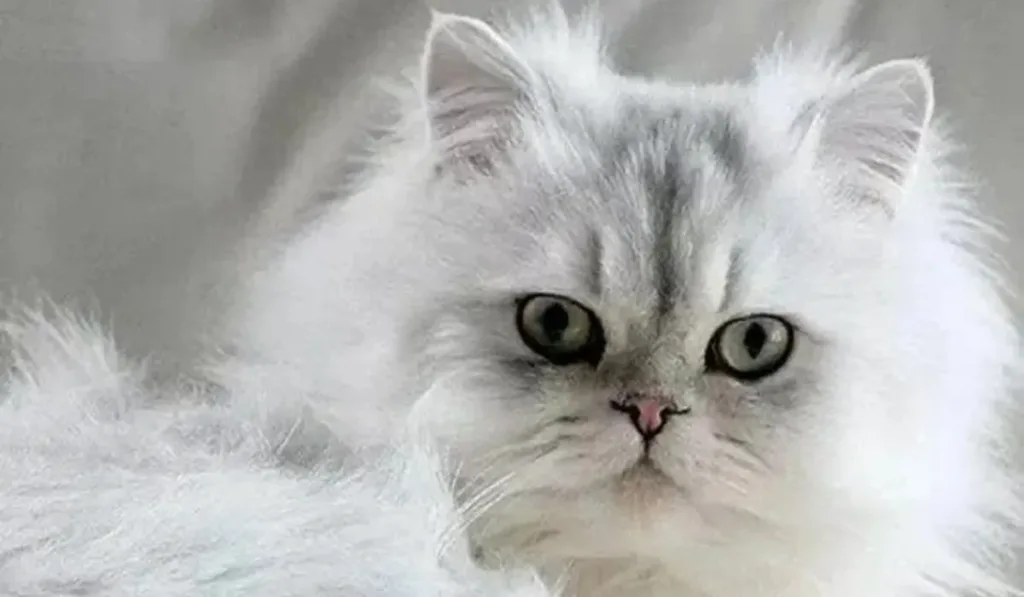
😸 Breed Recognition
Persian cats debuted at the first cat show in London in 1871, where Queen Victoria’s fascination with these exotic long-haired felines propelled their popularity among European royalty and elites. By the late 19th century, Harrison Weir of the British Cat Club established the breed’s earliest standards. In 1906, the Cat Fanciers’ Association (CFA) formally recognized Persians, which were then developed into diverse color variations, winning global acclaim from cat lovers.
😸 Physical Traits
Modern Persian cats boast a medium-sized, cobby body with robust muscles across the chest, shoulders, and back. Their short, sturdy legs support large round paws with tufted toes, paired with a thick, short tail. The breed’s hallmark is its rounded, well-proportioned head: full cheeks, a domed forehead, and small rounded ears set low and wide on the skull, lined with dense fur. Their large, expressive round eyes and luxuriant long coat—accepted in all colors—complete their regal appearance.
😸 Personality
Persians are gentle, affectionate companions who thrive on human interaction. They adapt well to households, bonding warmly with children and calm pets. Quiet and dignified, they prefer serene environments over chaos. Though not overly active, they observe their surroundings from favorite perches and communicate needs through soft vocalizations and soulful gazes.
😸 Health Considerations
Selective breeding has introduced health challenges. Over 40–50% of Persians worldwide develop polycystic kidney disease (PKD). Other concerns include hypertrophic cardiomyopathy, progressive retinal atrophy, brachycephalic airway syndrome, and skin conditions like seborrhea. Responsible ownership requires regular veterinary care to manage these risks.
Cultural Influence
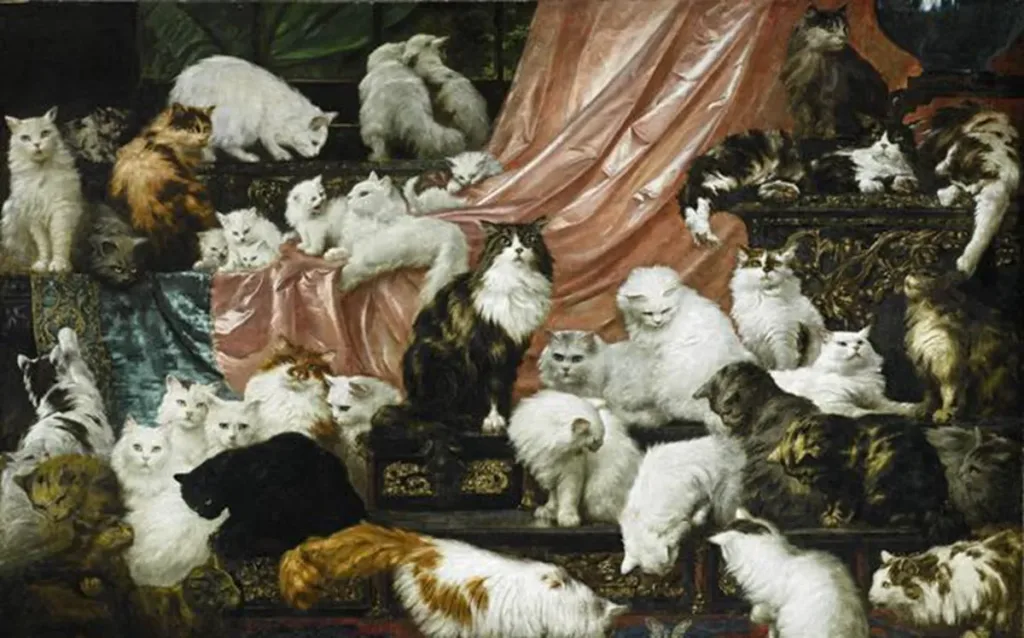
😸 Artistry
Persian cats have long captivated artists. The world’s largest cat painting, My Wife’s Lovers, features a lavish gathering of Persian cats. Other notable works include American artist Warren Kimble’s White Persian Cat and German painter Arthur Heyer’s Two White Persian Cats Watching a Goldfish Bowl, all celebrating the breed’s elegance.
(Below: „My Wife’s Lovers“)
😸 Pop Culture
In the film Cats & Dogs, a Persian cat memorably plays a cunning antagonist. The Pokémon character Persian, known as „Meowth’s evolution“ in Japanese media, also draws its English name from this regal breed—highlighting its enduring mark on global pop culture.

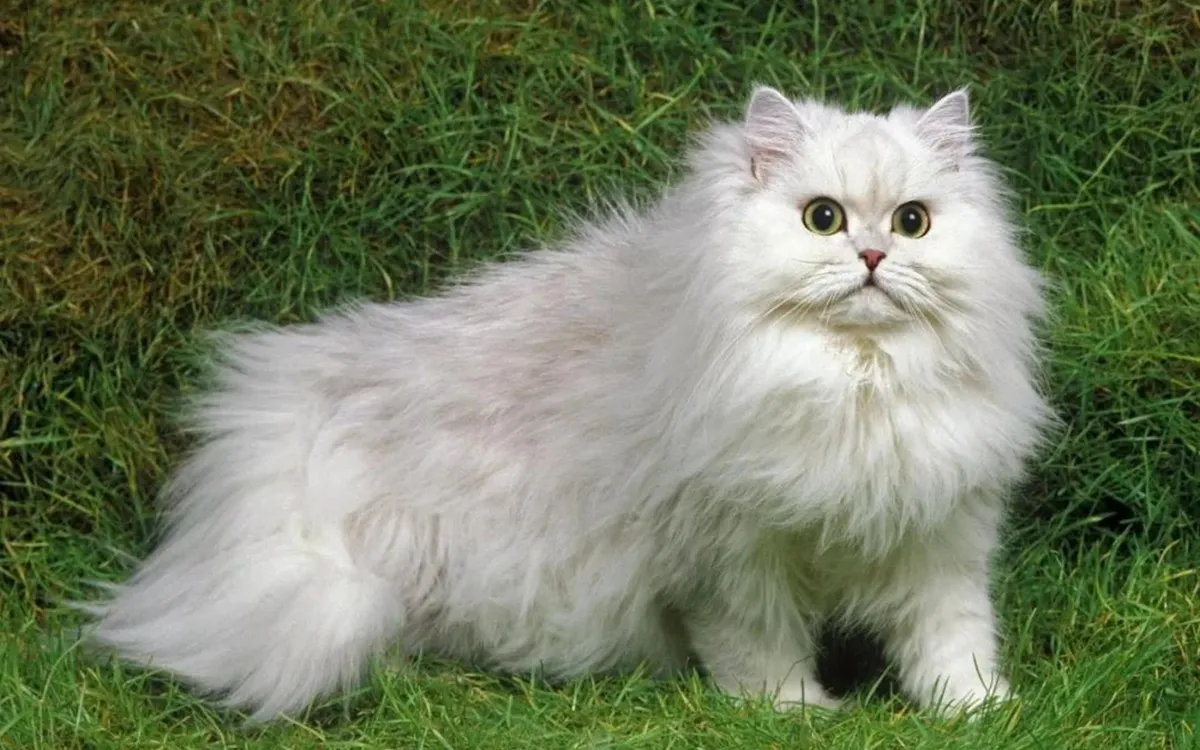
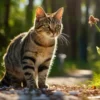

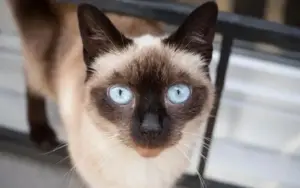




Add comment